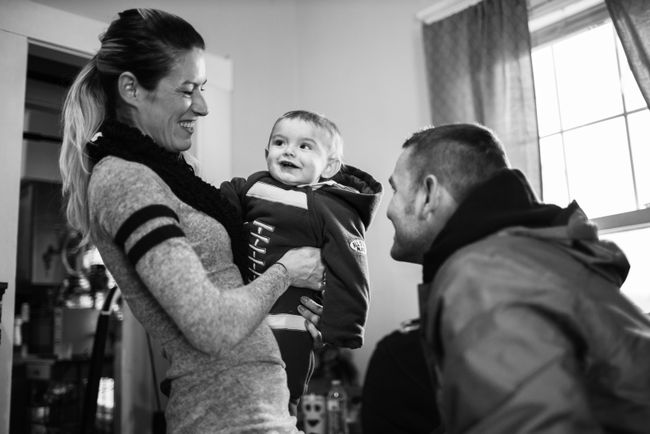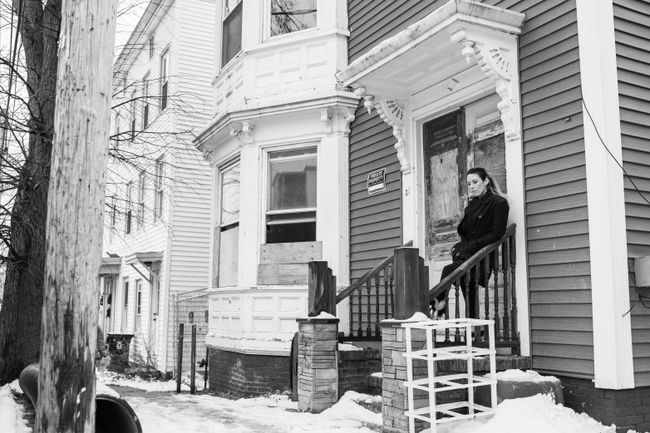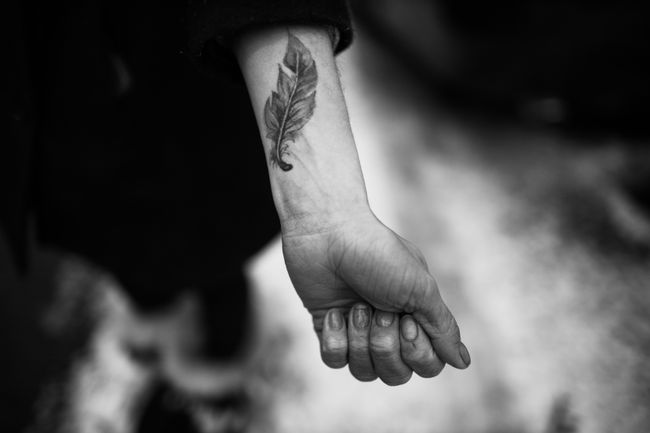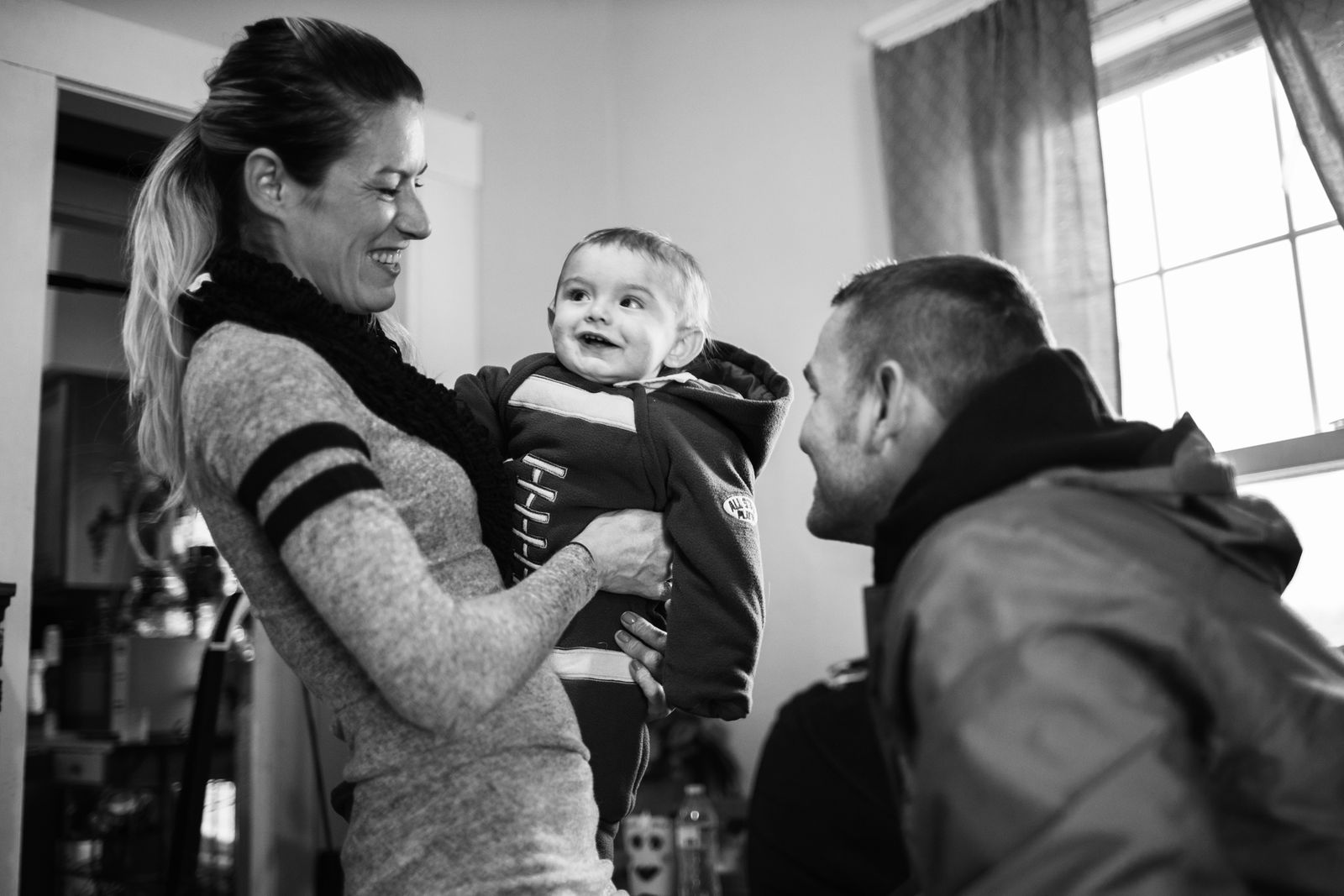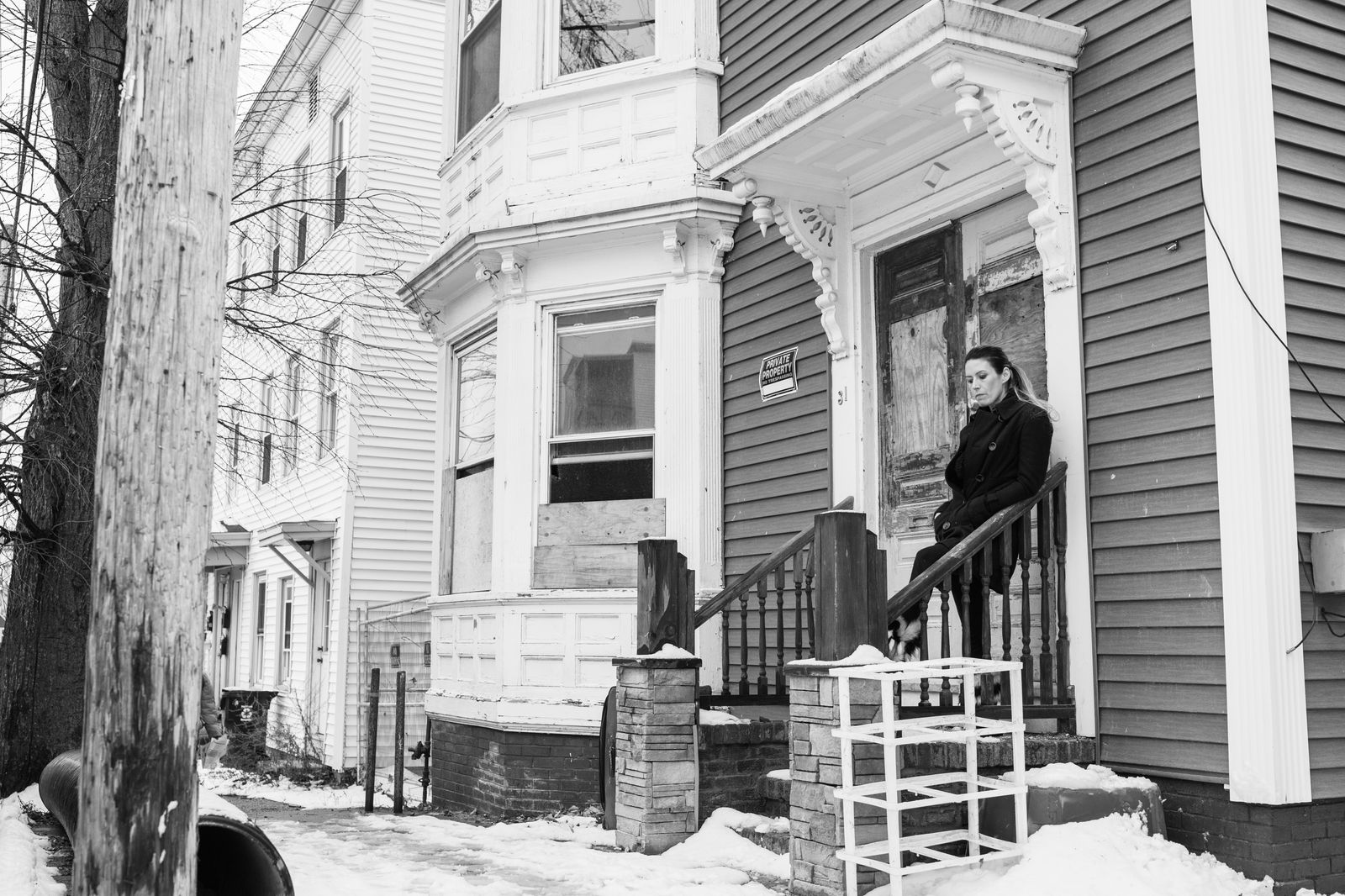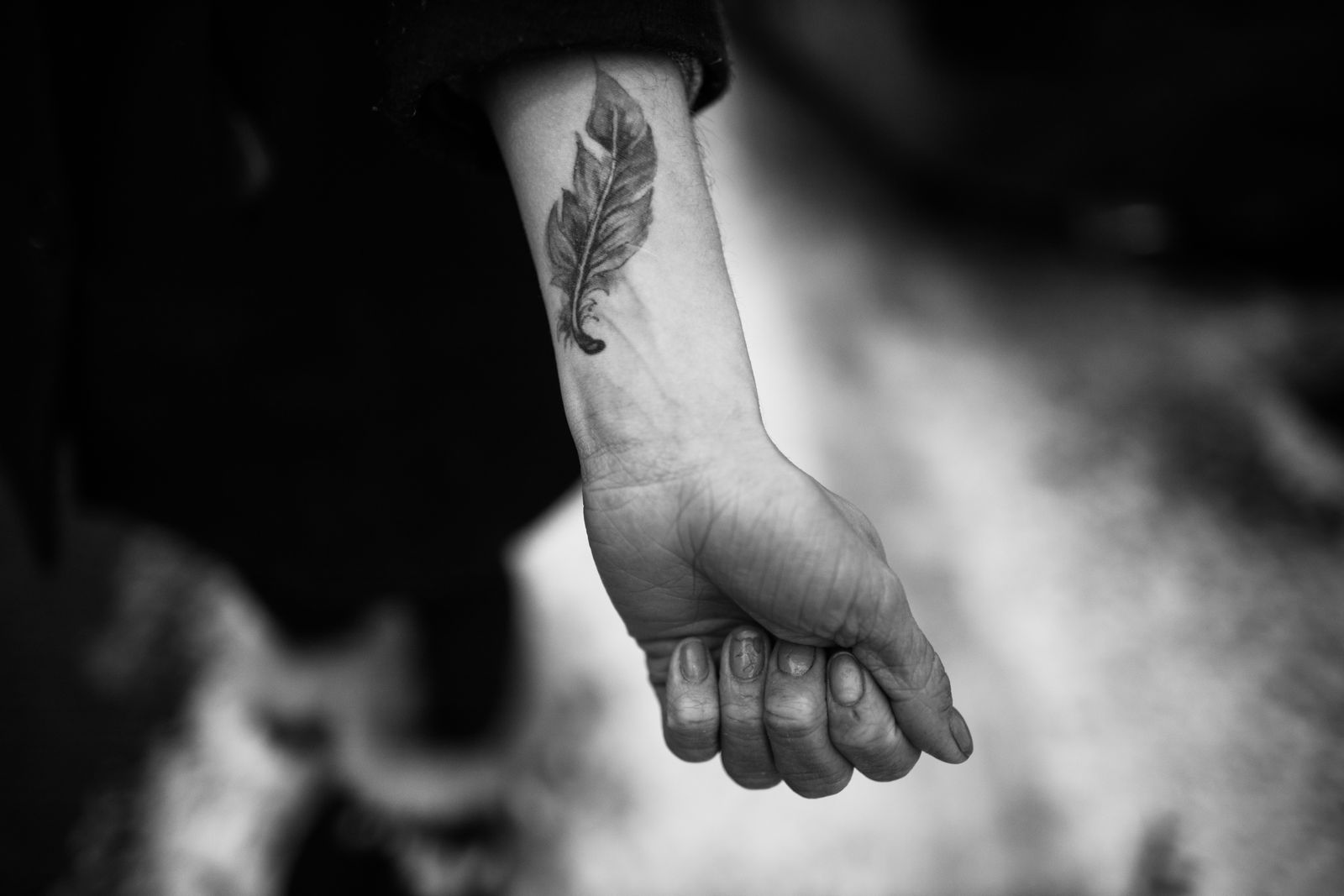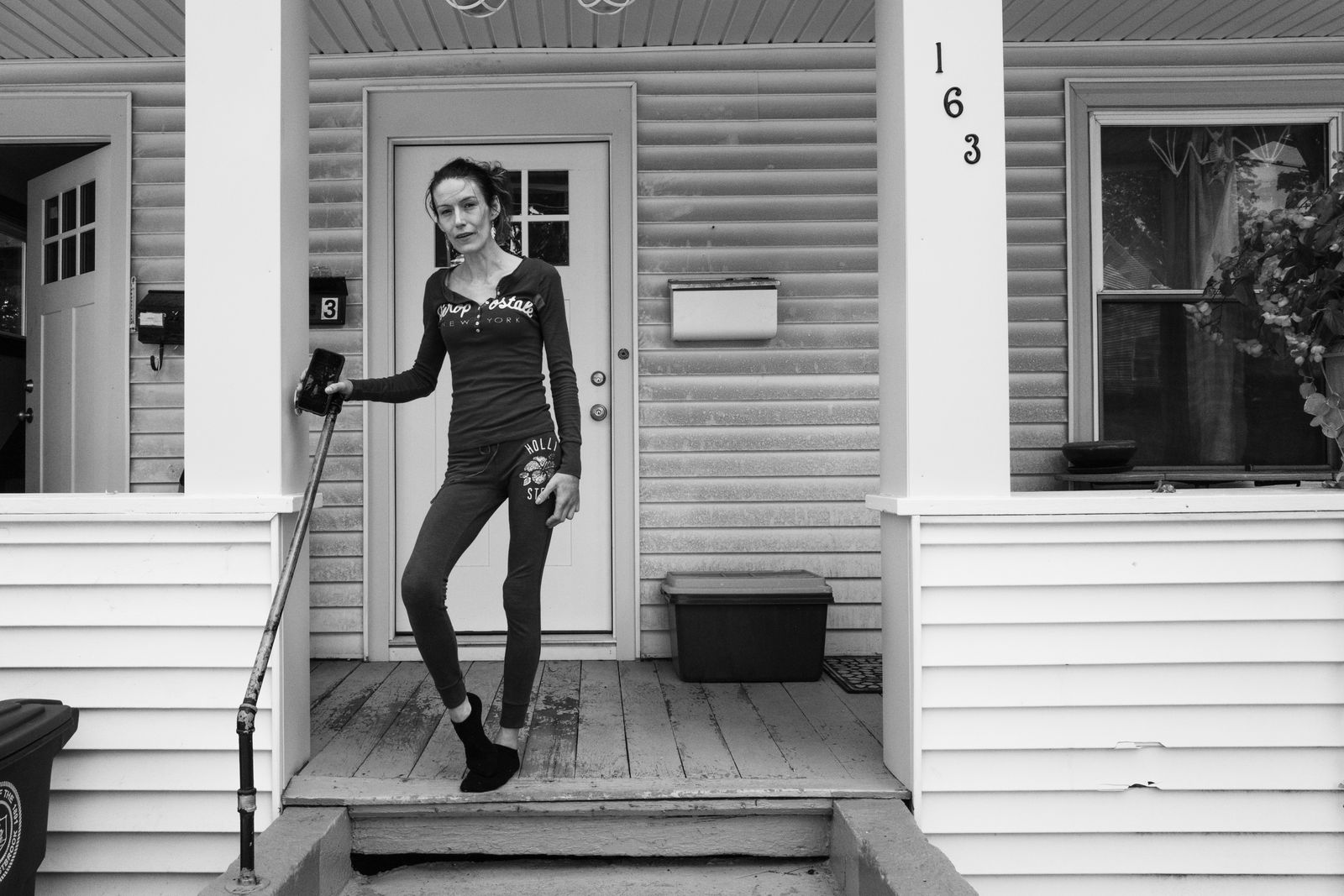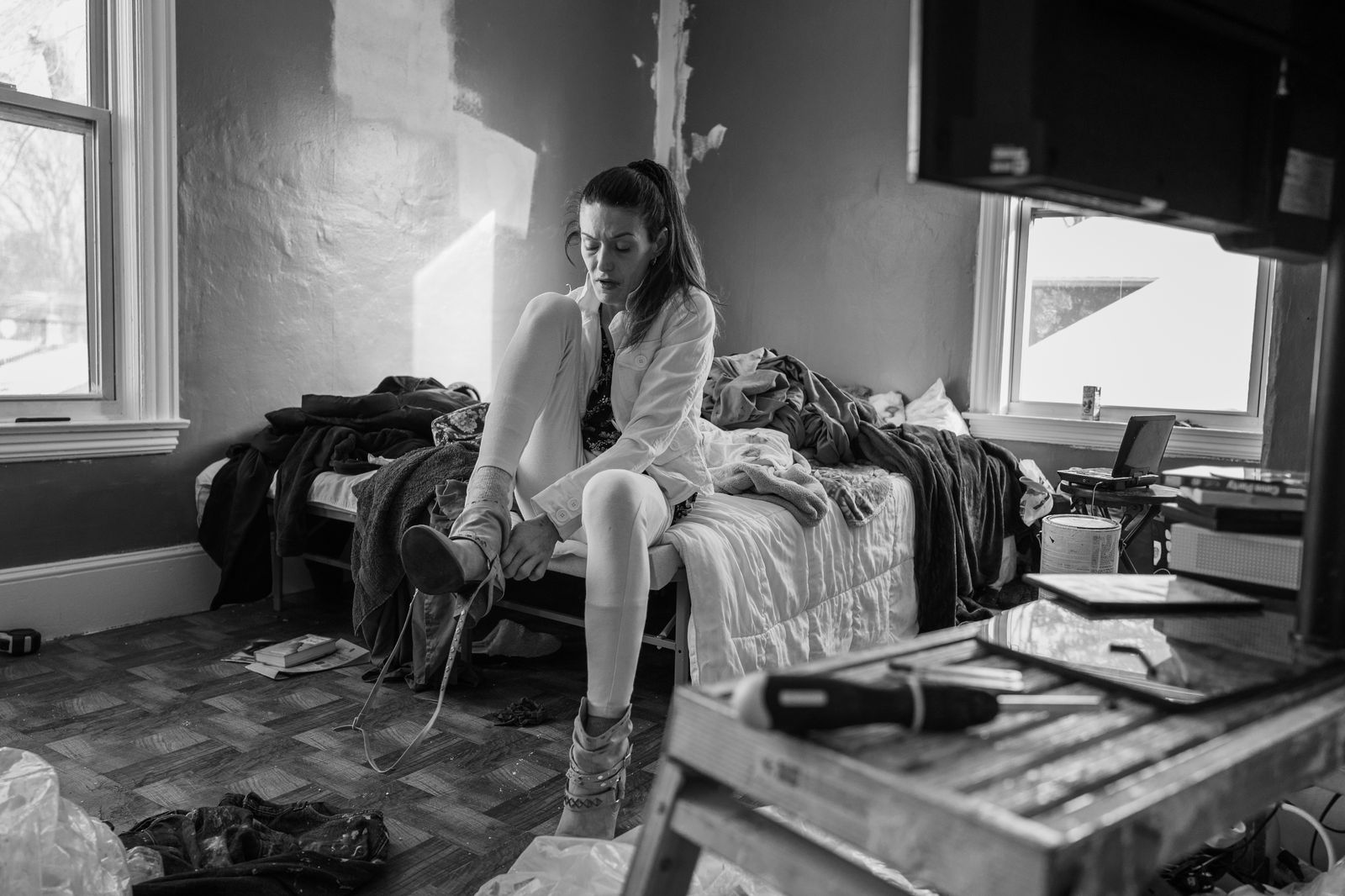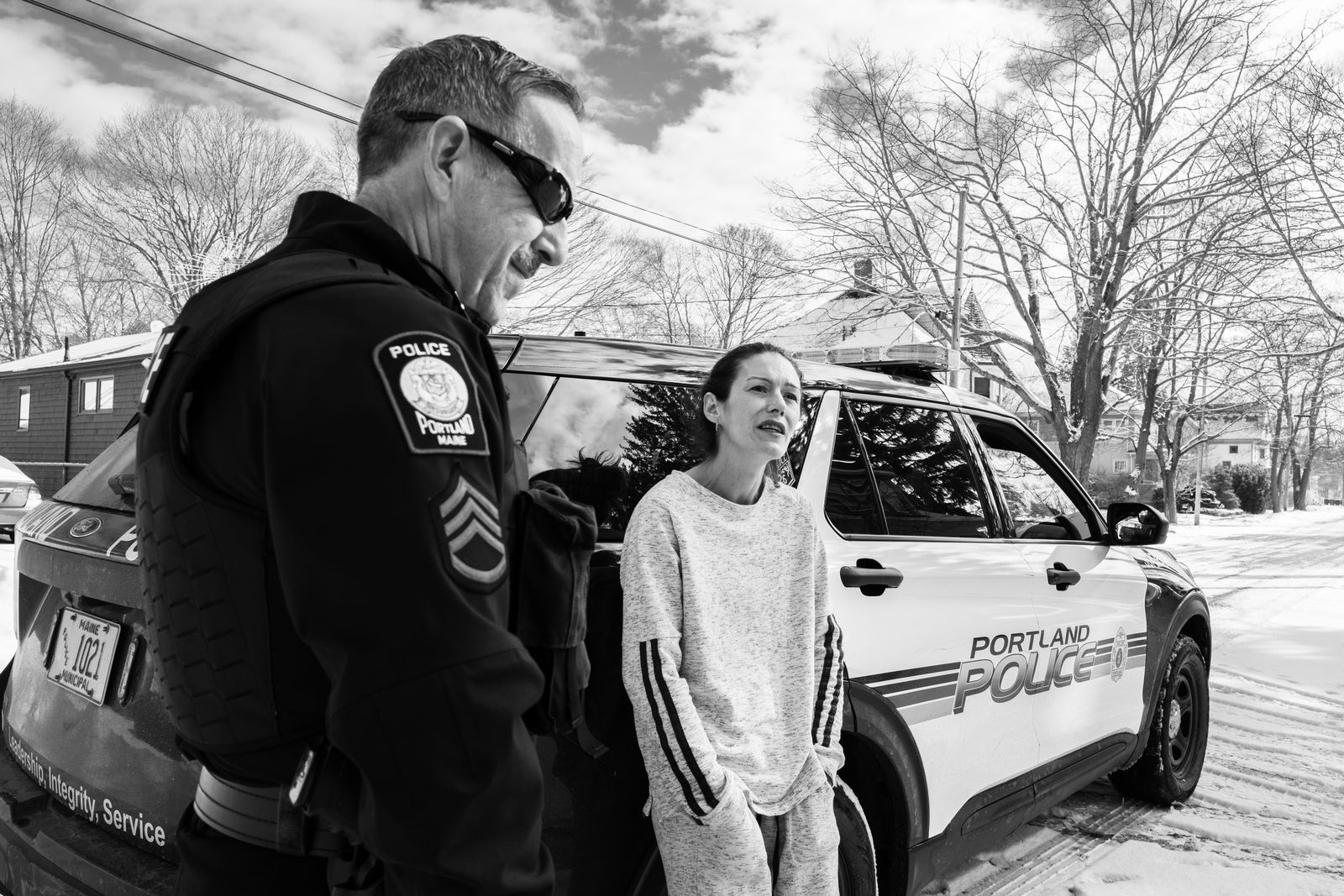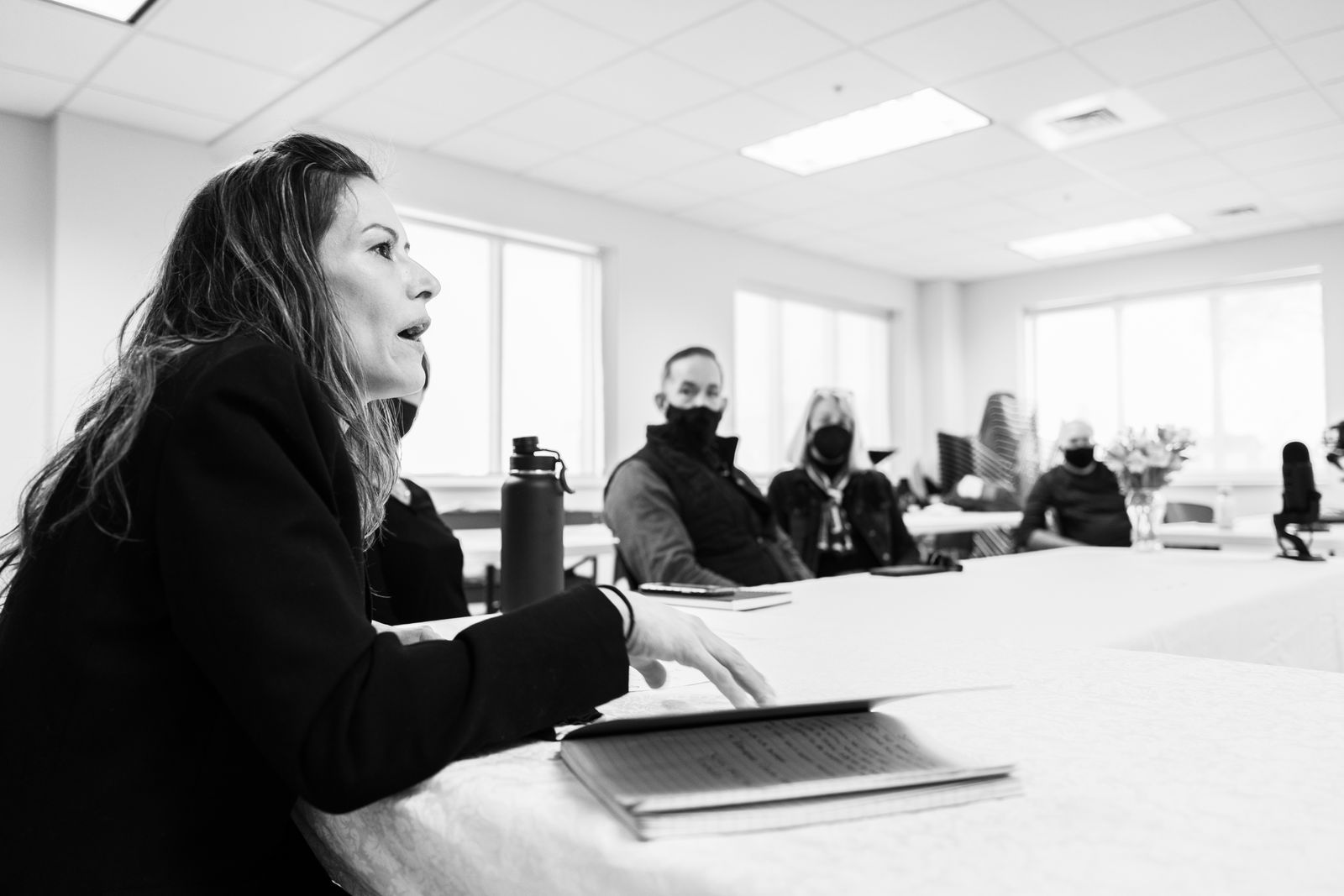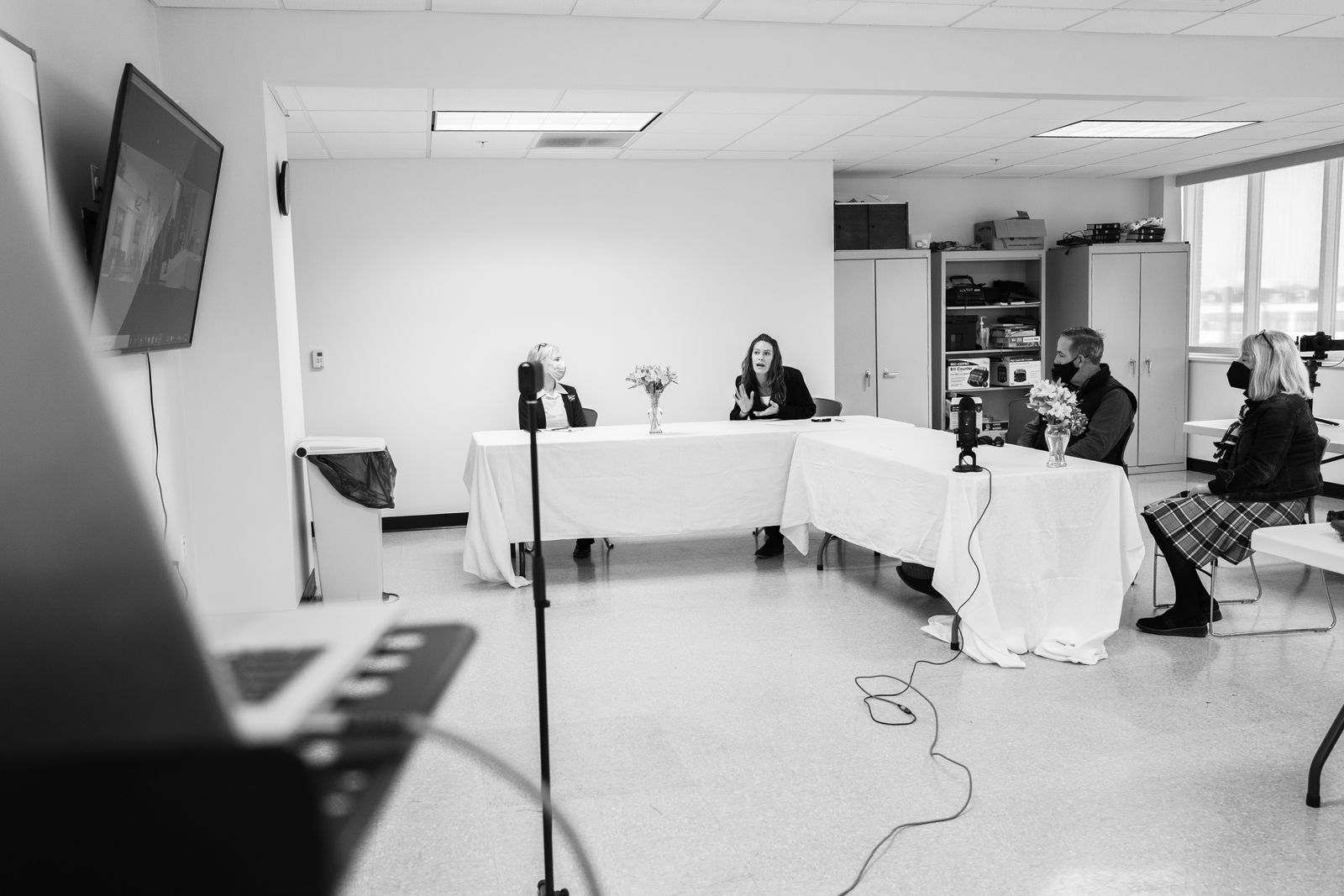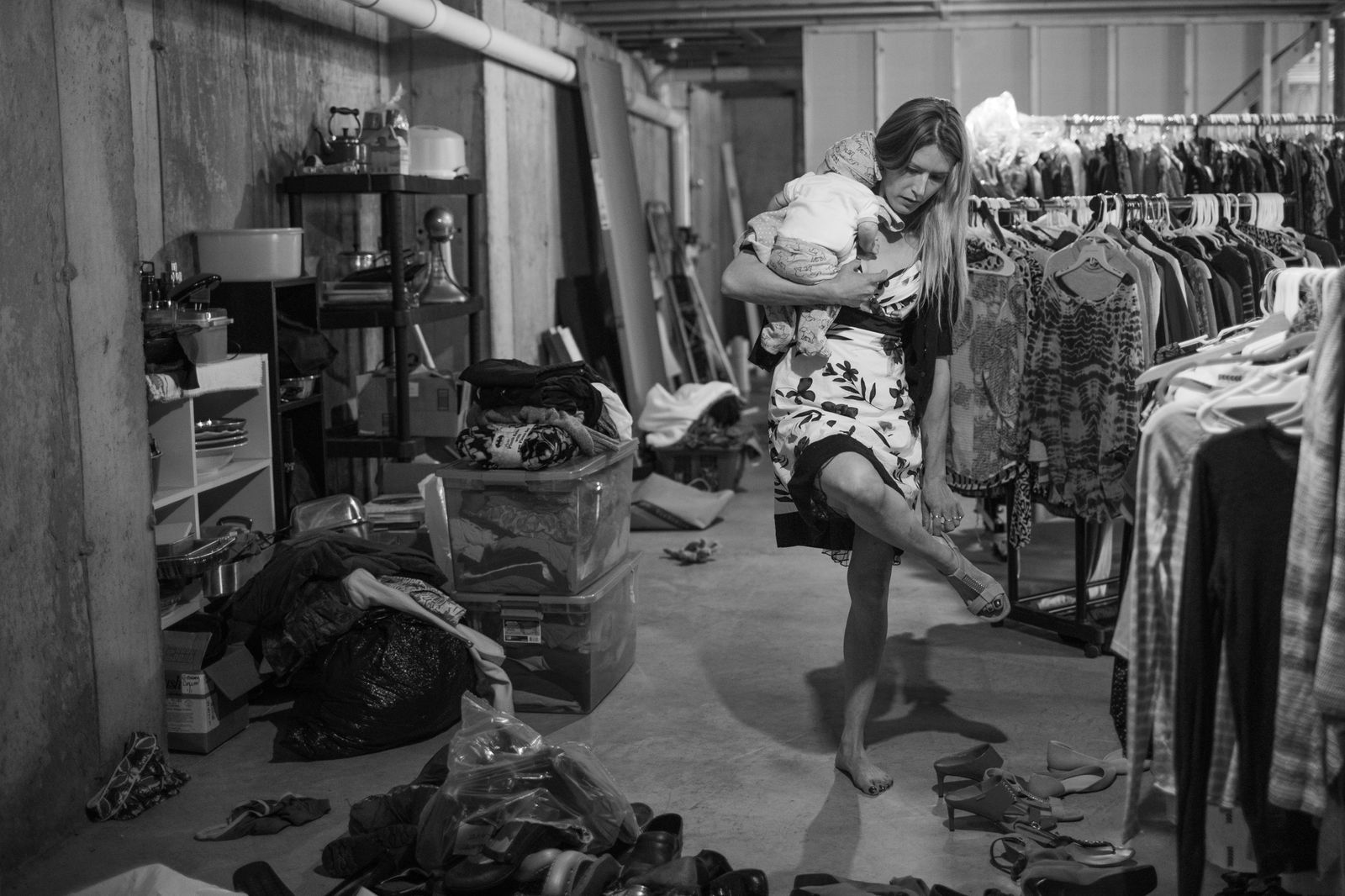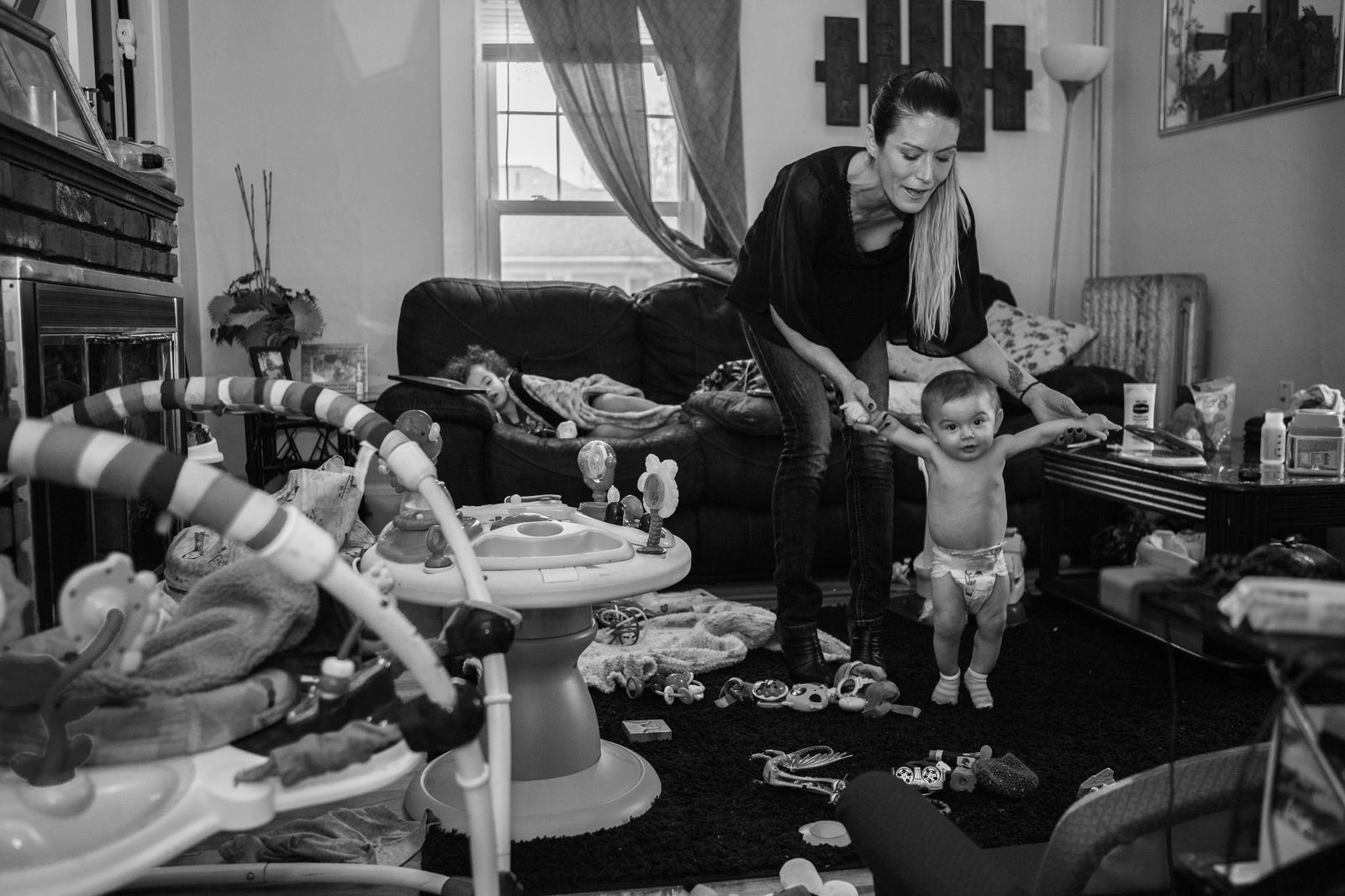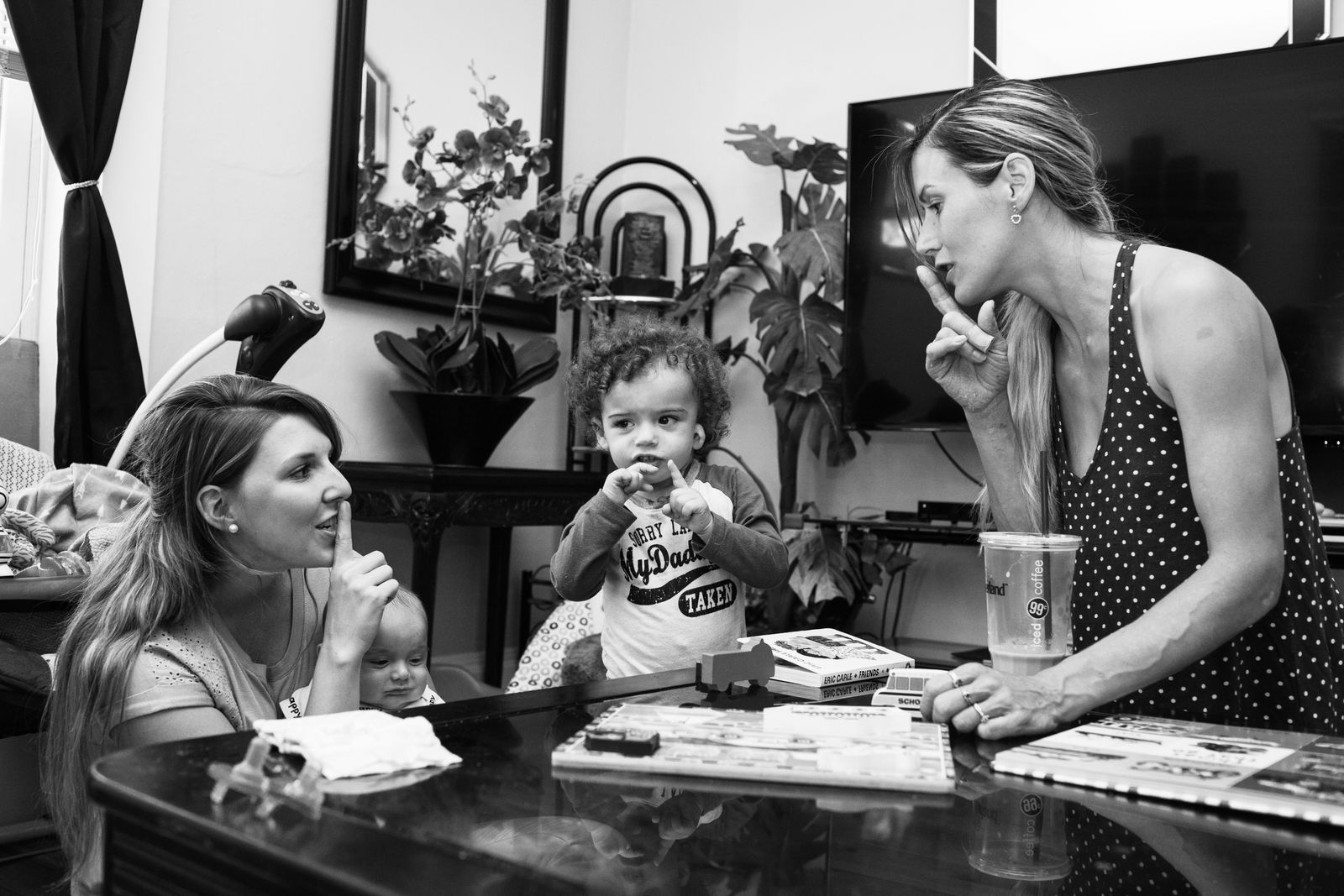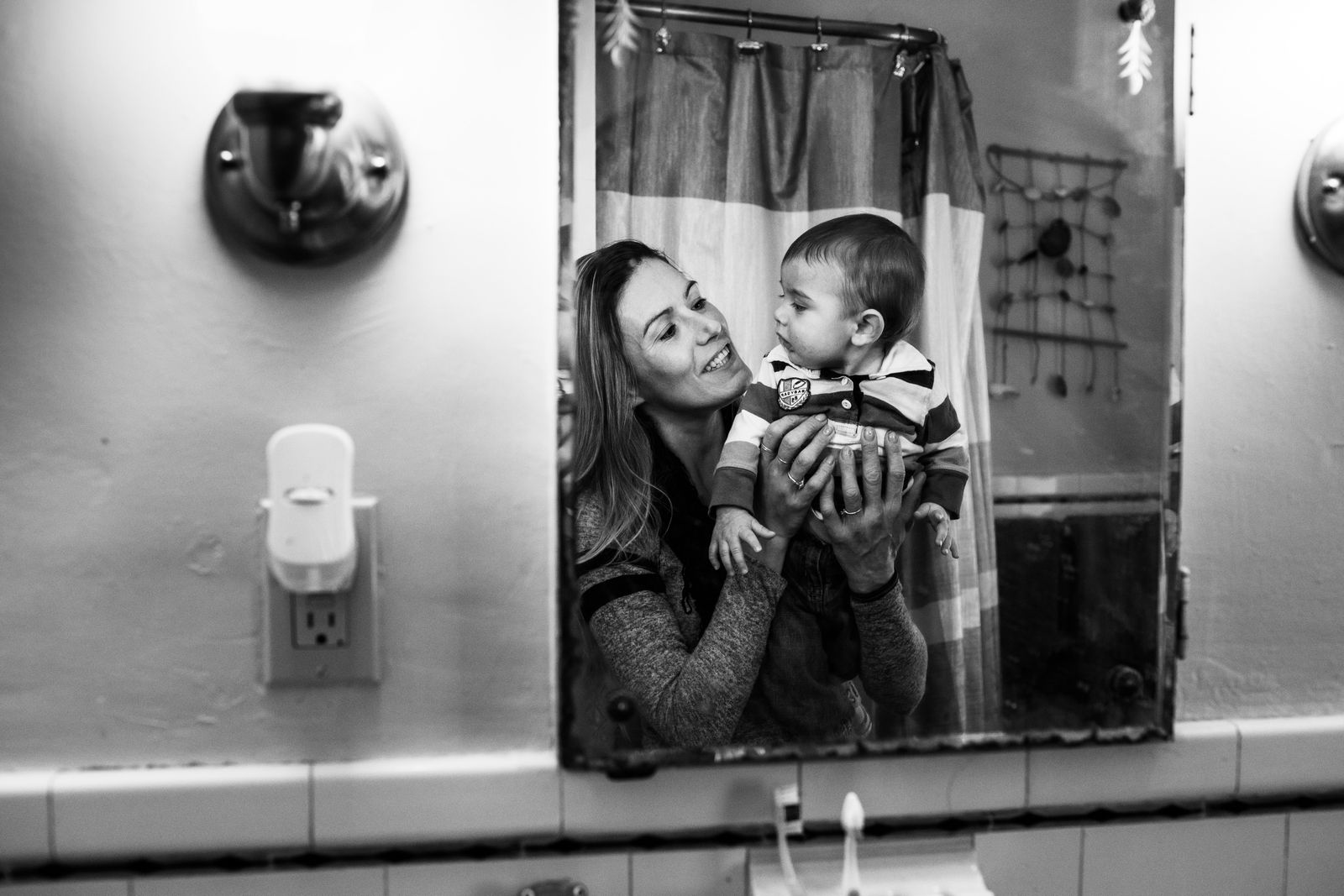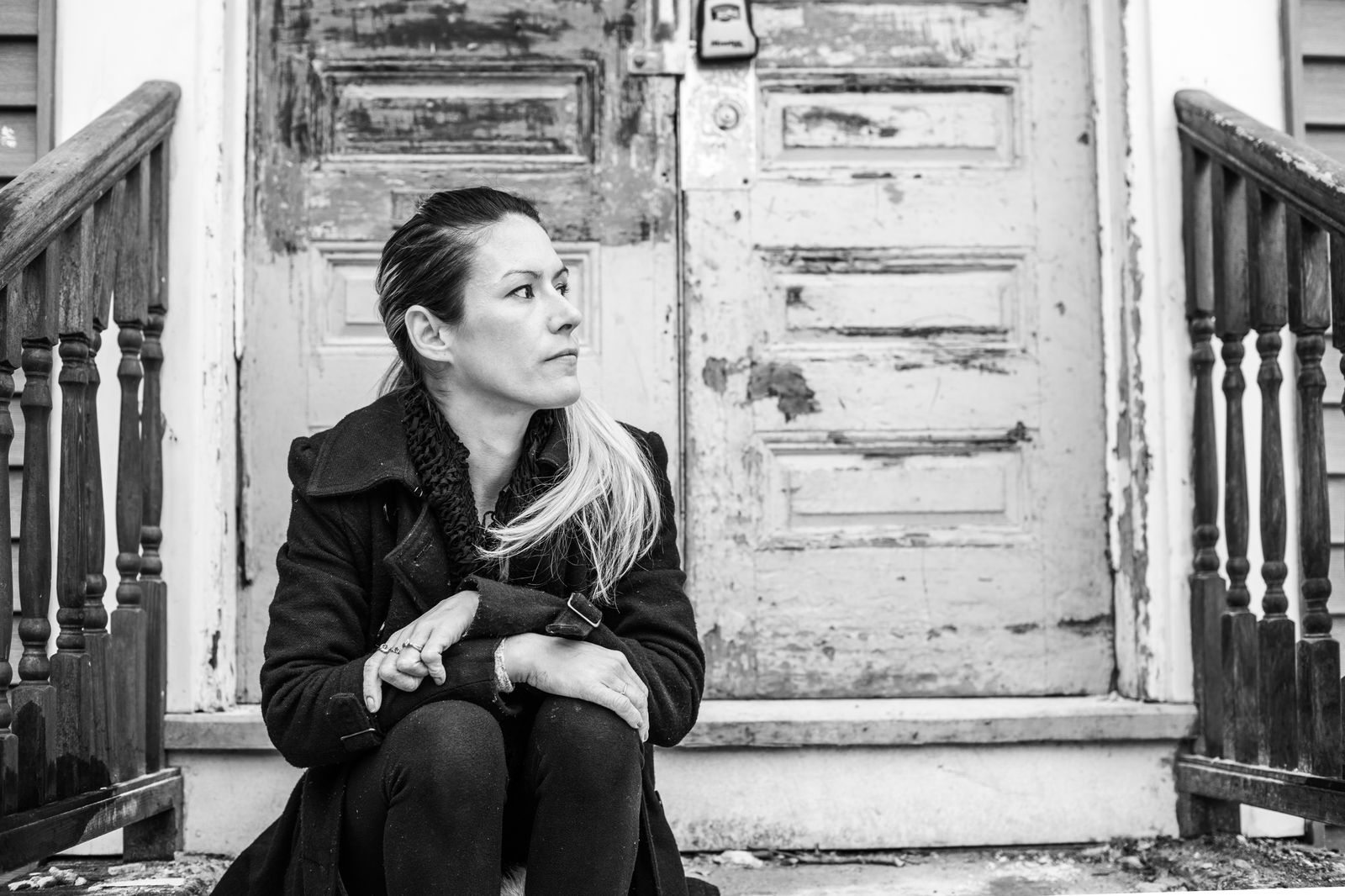Sex Trafficking: An American Story
-
Dates2018 - Ongoing
-
Author
- Topics Social Issues, Contemporary Issues, Documentary
- Locations Lewiston, Biddeford, Portland
In this photo documentary, we listen to the story of Cary Stuart, an American survivor of forced commercial sexual exploitation, who was lured into the world of trafficking by a romantic partner.
When people hear that someone was trafficked, it’s often assumed they were kidnapped and forced into labor against their will. Trafficking can be much more insidious. People are often exploited by someone they already know.
In this photo documentary, we listen to the story of Cary Stuart, an American survivor of forced commercial sexual exploitation, who was lured into the world of trafficking by a romantic partner or, “Romeo Pimp.” In the series she reflects on her experience, the way it has impacted her mental state, and the ongoing challenges of working through drug addiction. Addiction to drugs can be both a vulnerability to trafficking, and a common tactic used by traffickers to make victims more compliant.
Trafficked into ‘the life’ at 23 years old, Cary spent the next seven years isolated, beaten, drugged, and frequently moved between states, forced to sell herself. Despite enduring the most difficult of circumstances, Cary emerged from the horrors of trafficking strong and determined to rewrite her story. The series follows Cary over a four-year time frame as she strives to reclaim her truth. The mother of two young boys, Tristin and Jay, Cary’s love and dedication to them are evident and one of the focal points of the project. She says her goal is to model confidence and self-worth, teaching her sons to respect and defend girls and women — and it’s this passion that sets Cary apart.
While the prevalence of sex trafficking in the U.S. is still unknown, we do know that women, children, and men are being sold for sex against their will in all 50 states. In 2014, the Urban Institute studied the underground commercial sex economy in eight U.S. cities and estimated that this illicit activity generated between $39.9 million and $290 million in revenue depending on the city.
